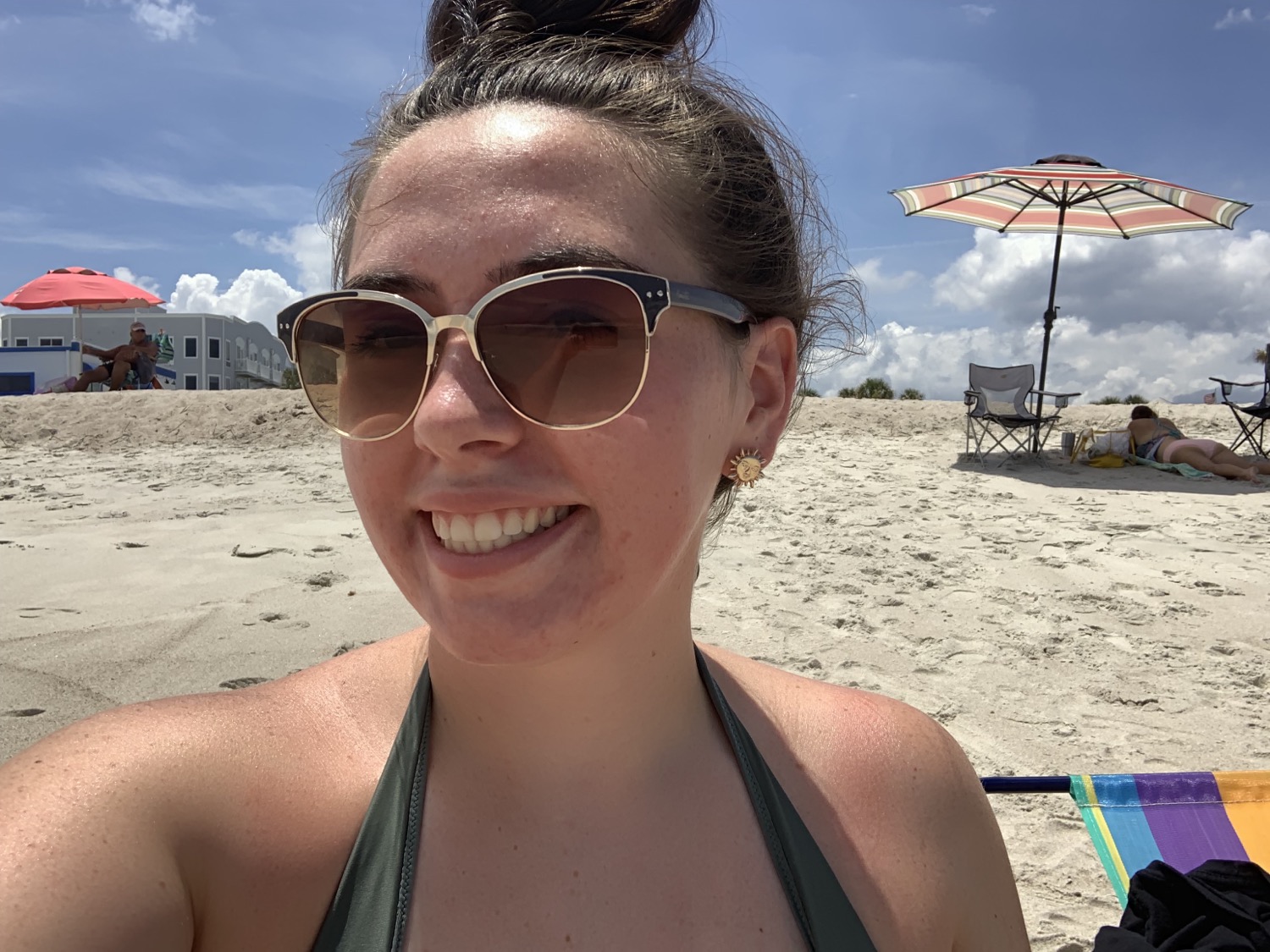Basic Axolotl Care Guide
- Jada @OnyxExotics

- Jan 19, 2020
- 3 min read
Updated: Apr 15, 2020
Tank Size & Habitat
Before we say anything else, USE A WATER DECHLORINATOR! Our tap water contains traces of chlorine that are fine for us to drink and touch, however that small amount can cause huge problems for your Axolotl. We recommend using Prime from Seachem to dechlorinate your water, and to follow dosing instructions on the back of the bottle.
The general rule of thumb for tank size for one Axolotl is a 20 gallon long tank, and then add ten gallons for each Axo added. For example, for two axolotls, a 30 gallon tank should be used. Axolotls are not like fish, and they prefer to crawl along the bottom of the tank rather than swim around. Always prioritize floor space over height.
Axolotls thrive in cold water rather than in room-temperature or warm water. A temperature between 60 and 65 degrees will be best. You can buy digital aquarium thermometers on Amazon for close to $10. Depending on the temperature of your home, you can purchase, or even DIY equipment to keep your Axo’s tank at the right temp. If you have the money to invest in an aquarium chiller, we definitely recommend doing so! A more economical solution would be clip on fans; clip them to the side of your tank facing towards the water, and you are good to go! Lastly, for all you DIYers, simply keep frozen water bottles on hand to keep floating in your tank to keep temps down, and switch them out when they melt!
There are a few options when trying to decide on what to use for the bottom of your tank: fine sand (aquarium safe of course), bare bottom, tile or slate, and fake grass. Do NOT use gravel, pebbles,stones, larger grain sand. Axolotls are notorious for ingesting these things and impacting their digestive system, ultimately killing them. Keep everything that’s not food twice the size of your adult Axo’s head. Juvenile Axolotls under 5 inches should be kept on bare bottom or in tubs with 100% water changes daily.
Tank Cycling & the Nitrogen Cycle (& water parameters)
Do Not Overlook This Section!
The nitrogen cycle is how toxic waste created by your Axolotl is converted into a less harmful product. Waste starts as Ammonia, is converted to Nitrites, and then ends up as Nitrates. You can buy a water testing kit at your local fish/pet store to monitor your water quality and parameters. Do not use strip tests, they are inaccurate, we recommend the API Freshwater Master Test Kit. Quick tip- Petsmart price matches to everything except Ebay and Amazon, use Chewy.com prices in store at Petsmart to save money! When you are ‘cycling” a tank, you are allowing healthy bacteria to grow that can easily and accurately complete the nitrogen cycle of your tank and its waste. Do not leave your axolotl in the tank when cycling, they can be housed in a tub with 100% water changes daily while your tank cycles. Research fishless tank cycling to get more information on how to cycle your tank, or send us a quick message!
An uncycled tank can lead to a very unhealthy Axolotl. They can get fungal infections, ammonia burn, bacterial infections, and become overall unhealthy.
Your tank parameters should be: pH 7.2-7.6, Ammonia 0 ppm, Nitrite 0 ppm, Nitrate 20 - 80 ppm.
Manage your tank weekly with 25% water changes, this also fixes high Nitrates. Quick tip - use turkey basters to suck up poop and uneaten food!
Diet
Juvenile Axo’s can eat sinking pellets (we recommend the Rangen Soft Moist Diet Salmon Pellets, also recommended by the Ambystoma Genetic Stock Center), live blackworms, daphnia, white worms/grindle worms, european or canadian night crawlers, and Repashy grub or meat pie. We feed our juvies every day.
Adult Axo’s can eat sinking pellets, european or canadian nightcrawlers, or repashy grub or meat pie. We feed our adults every other day.
This is a BASIC list. We are working on a more in depth care guide, but in the meantime, feel free to send us a message if you ever have any comments, questions, or concerns!






Comments